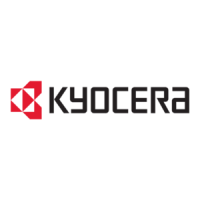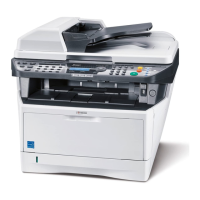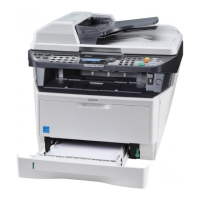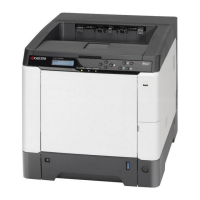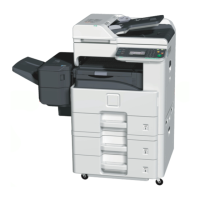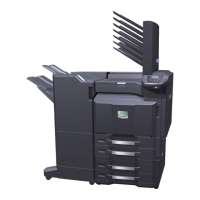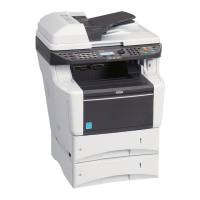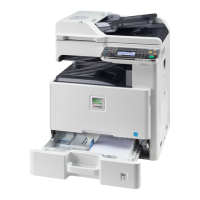This example prints the base data “12345” as Datamatrix code. <Esc>&p5X makes it
understood that the five characters following in the sequence belong to this. Any
characters from the complete ASCII character set could have appeared instead of
“12345”.
3.2.3 Rules for base data
Rules are established for each individual barcode by means of standards which have
to be observed when the base data is sent. These include which characters are
allowed as base data. Some barcodes also require a specific minimum or maximum
number of characters, or an odd or even number of characters, for example. If PCL
Barcode Flash encounters incorrect base data, an error message is printed out
instead of the barcode symbol.
3.2.4 Quiet zones
All barcodes require a specific quiet zone before and after the printed area (above
and below too in the case of two-dimensional codes), and you have to take this into
account by means of careful positioning when programming. The quiet zone is a
white, unprinted area which the reader needs to be able to recognise the barcode
reliably.
Normally, a quiet zone of at least 2.5 mm is required, but at least 6.5 mm is required
in the case of applications with very varied or fairly large read distances. As a rule of
thumb, the quiet zone should be about ten or fifteen times the width of the narrowest
line element in a barcode. To be safe, the quiet zone should always be a little more
generous if possible.
3.2.5 Positioning of the cursor
According to PCL rules, characters of a font are printed at the bottom left of the
cursor position. This rule is also used in the case of barcode symbols. When a
barcode is printed, the cursor moves to the lower right corner of the barcode symbol.
See the PCL manual for how to position the cursor.
Note
In most cases, it is recommended after producing a barcode symbol in PCL
that absolute positioning be carried out.
27
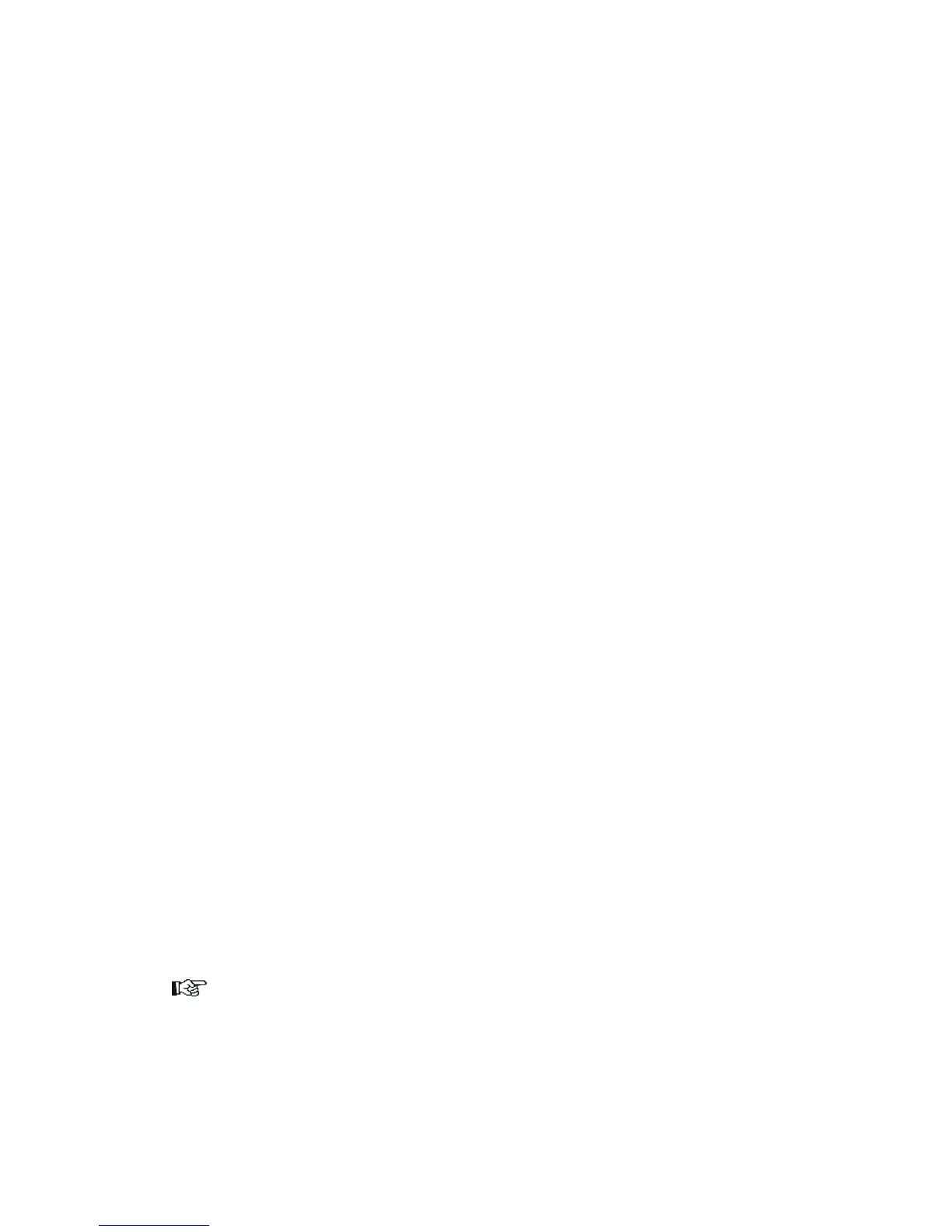